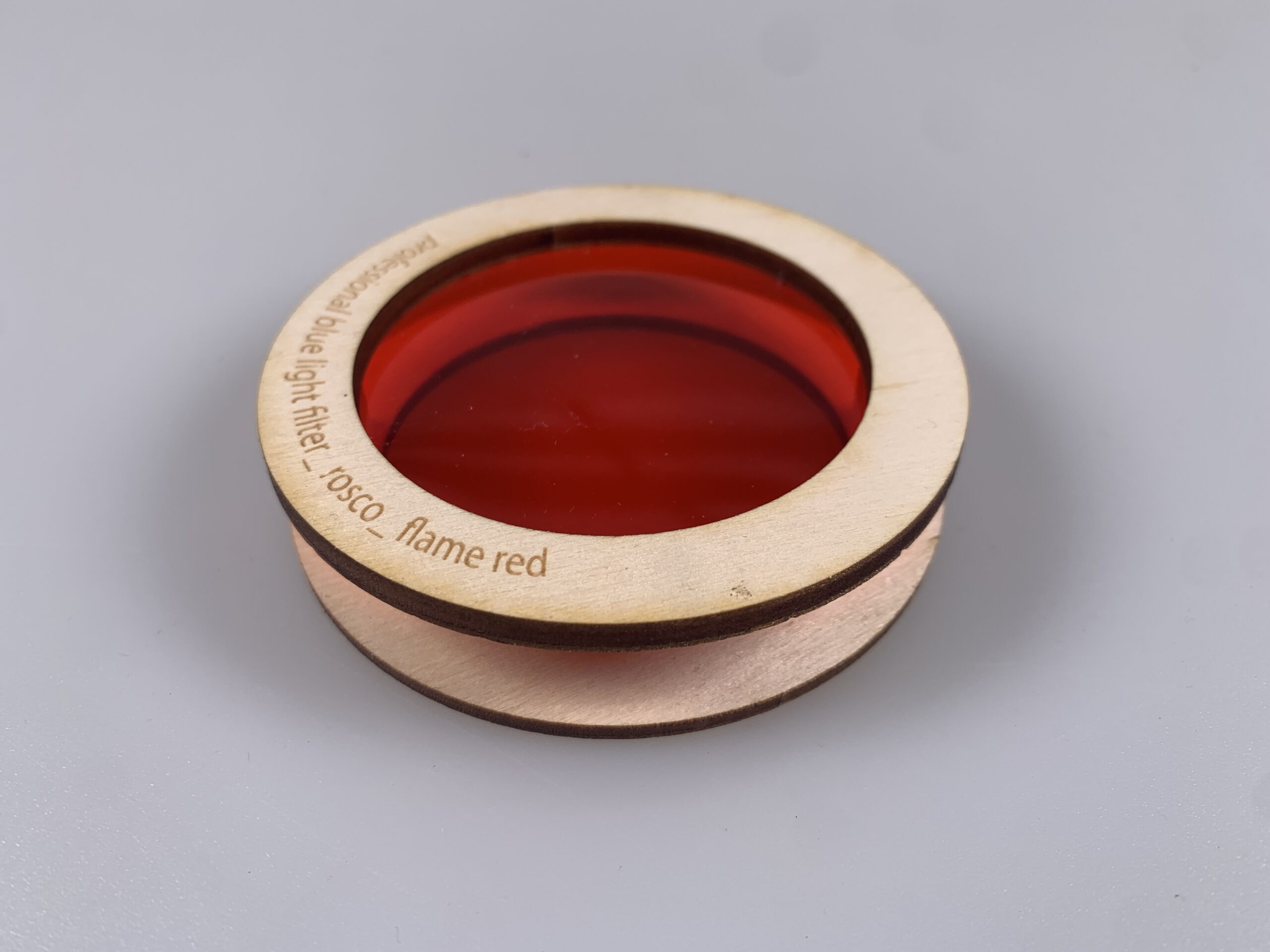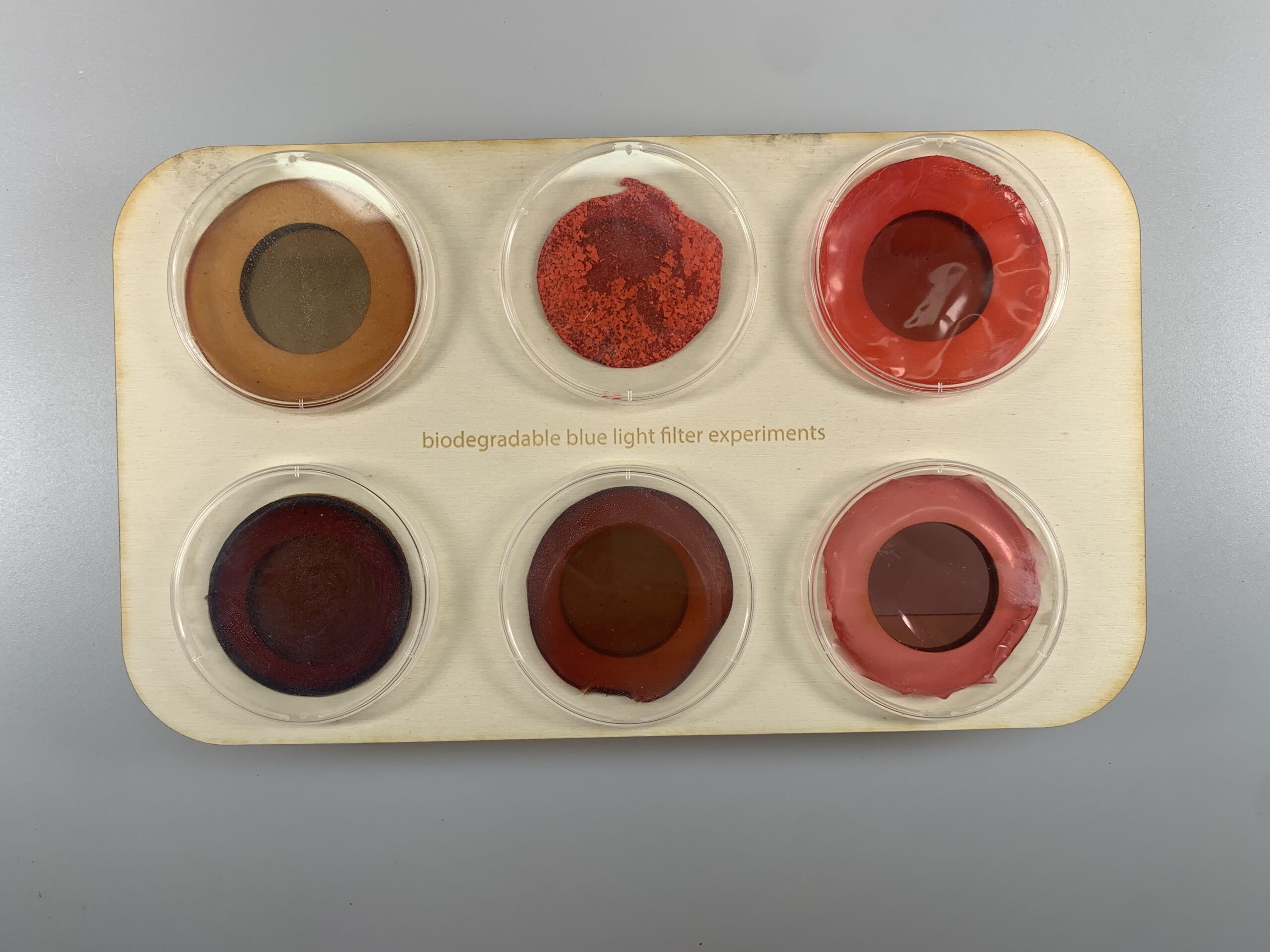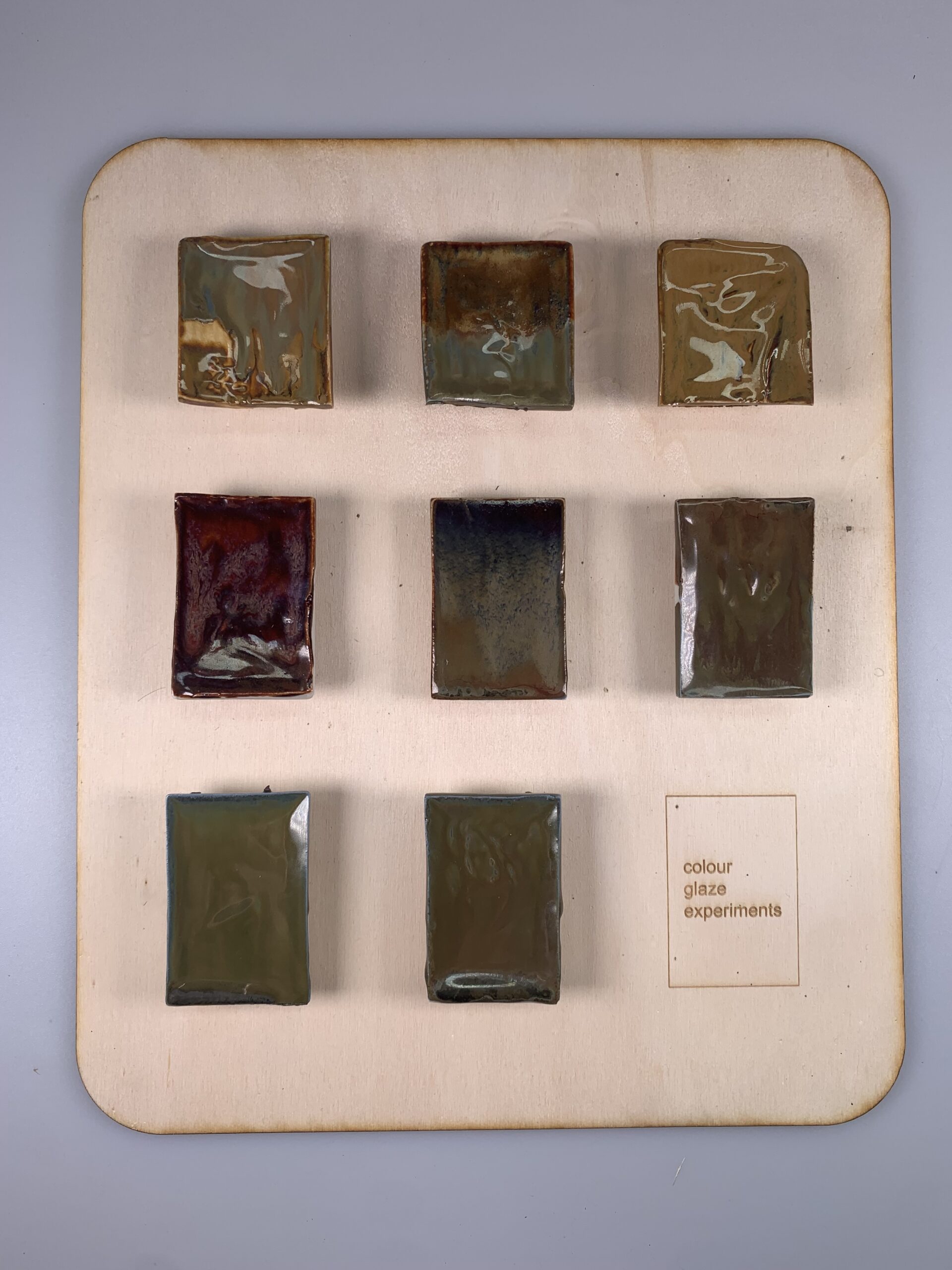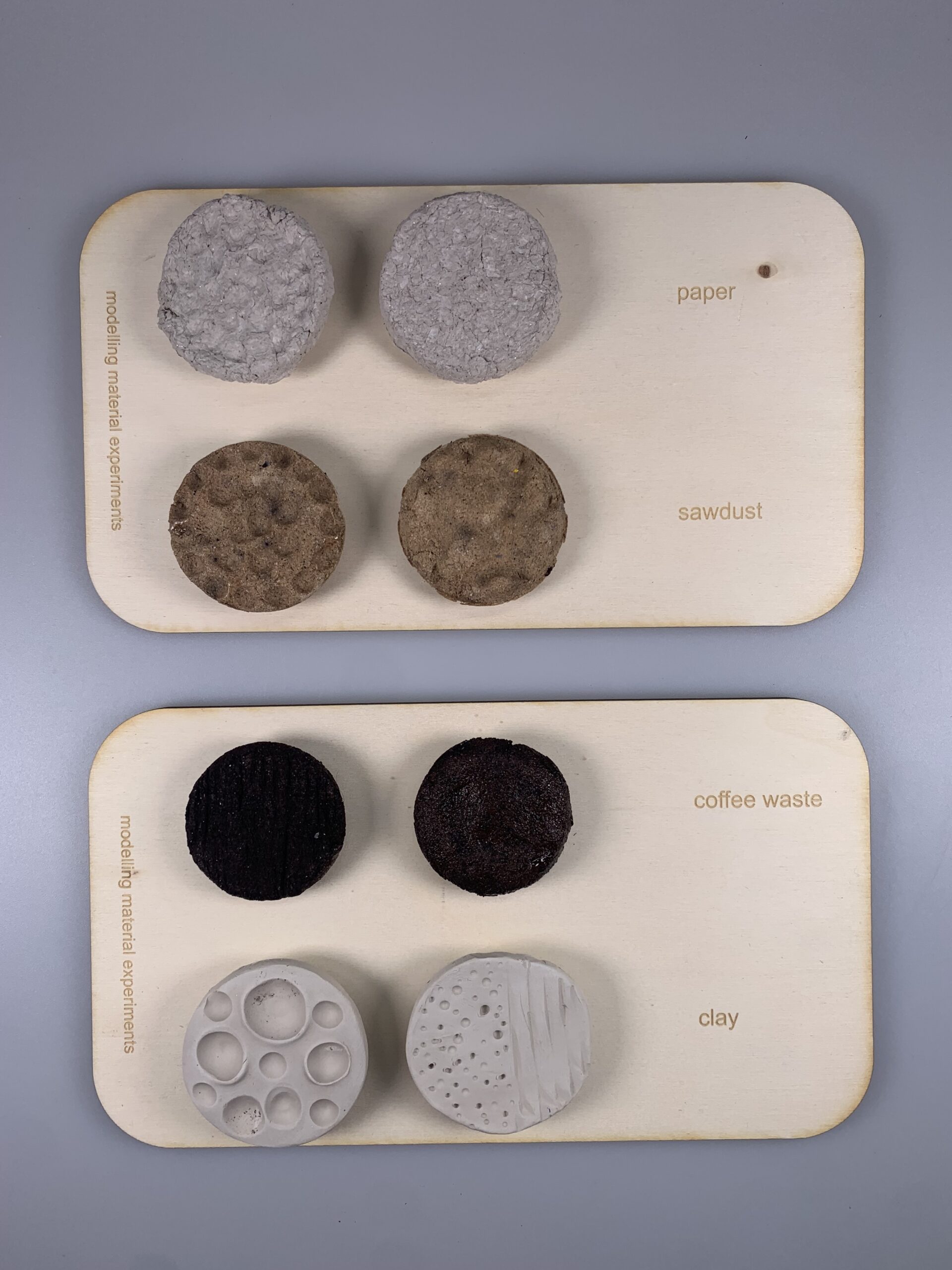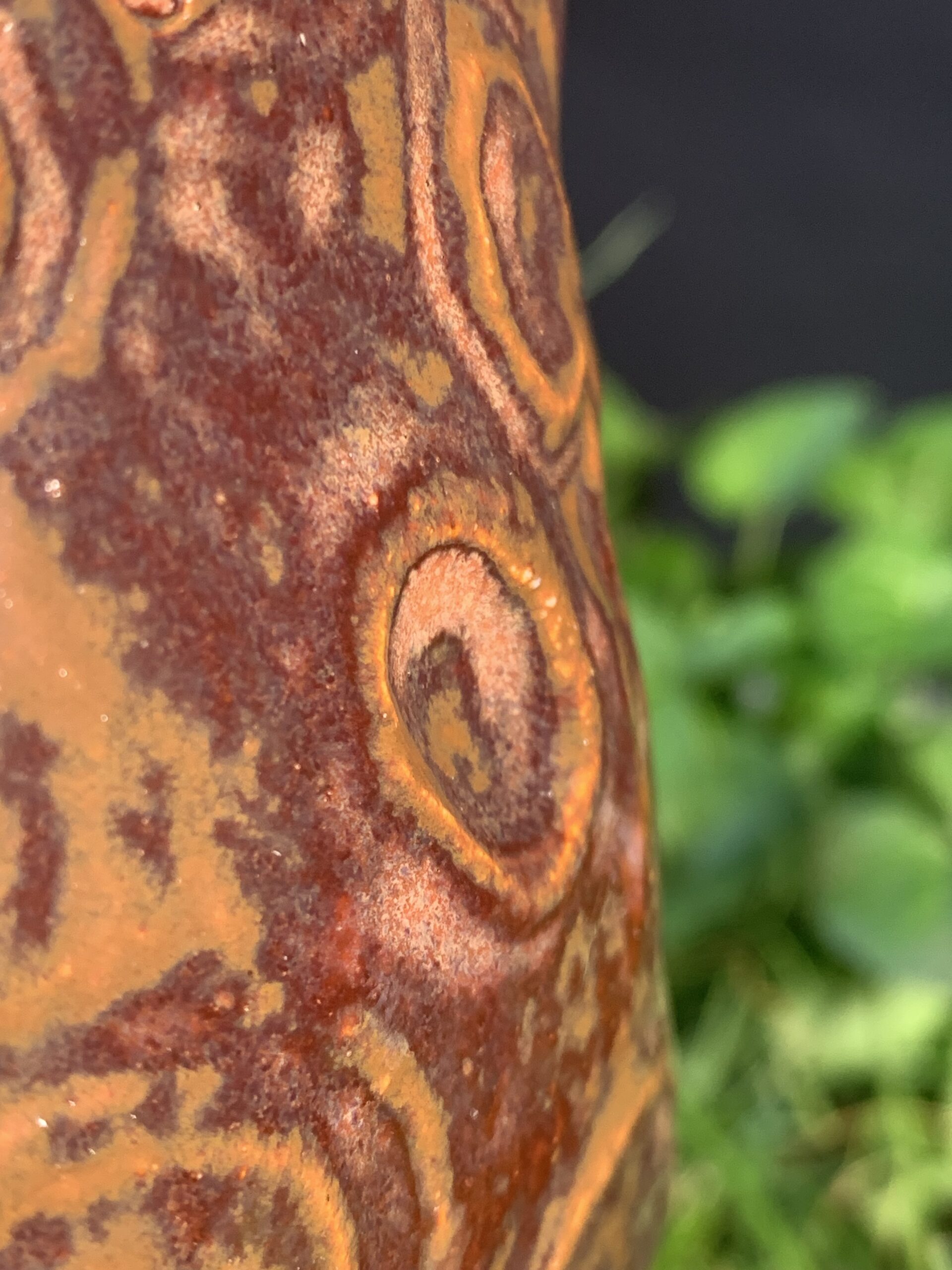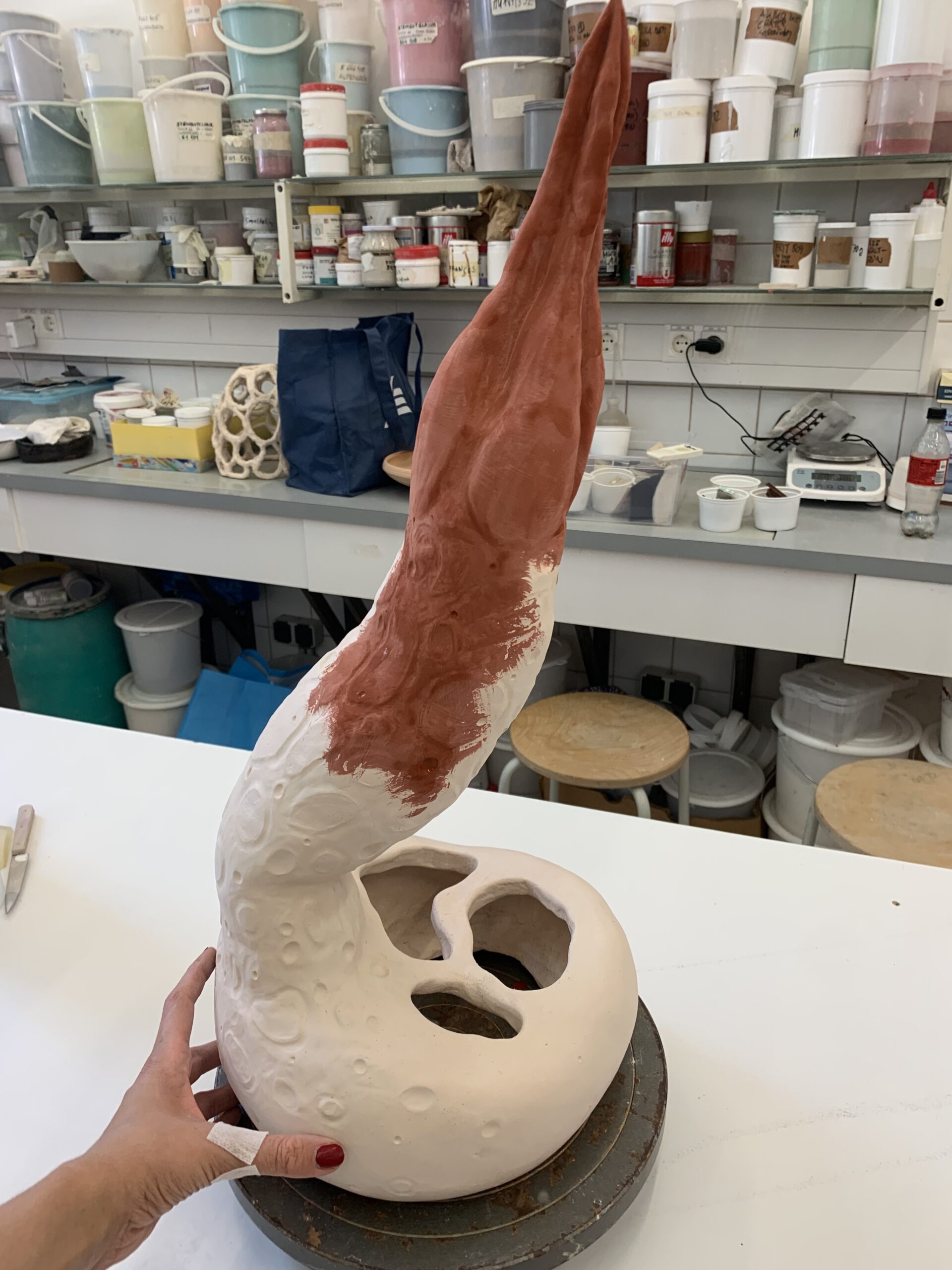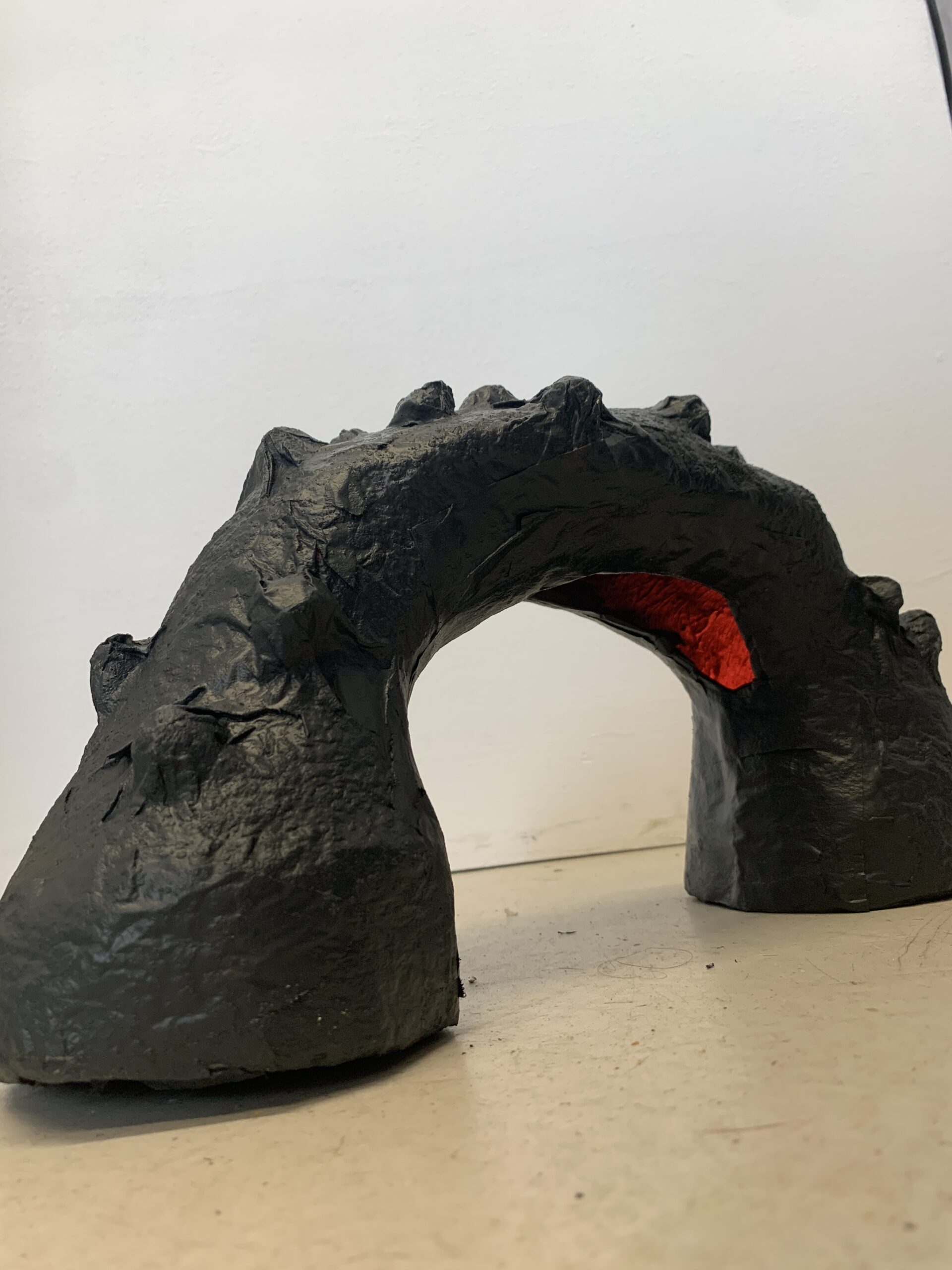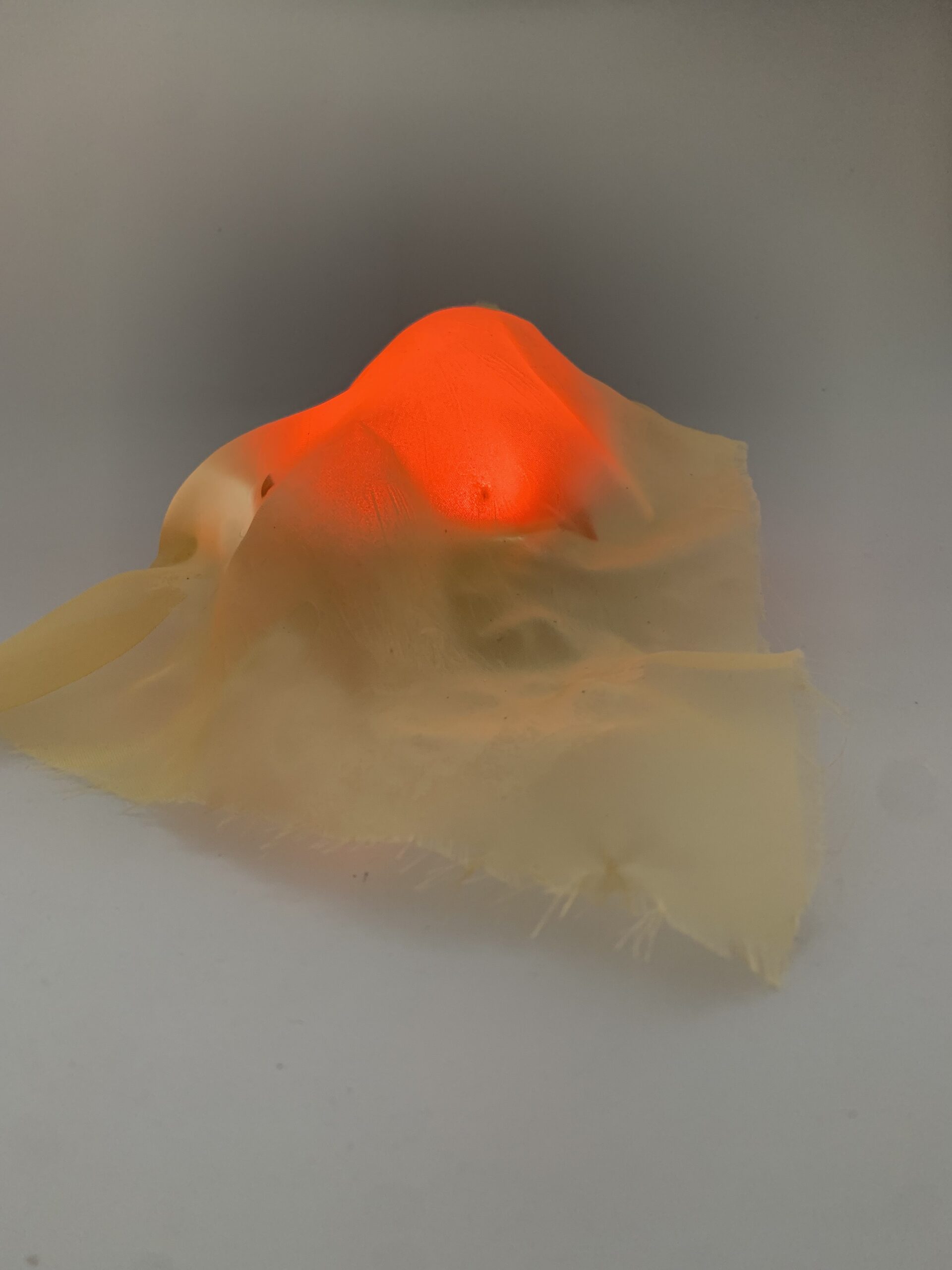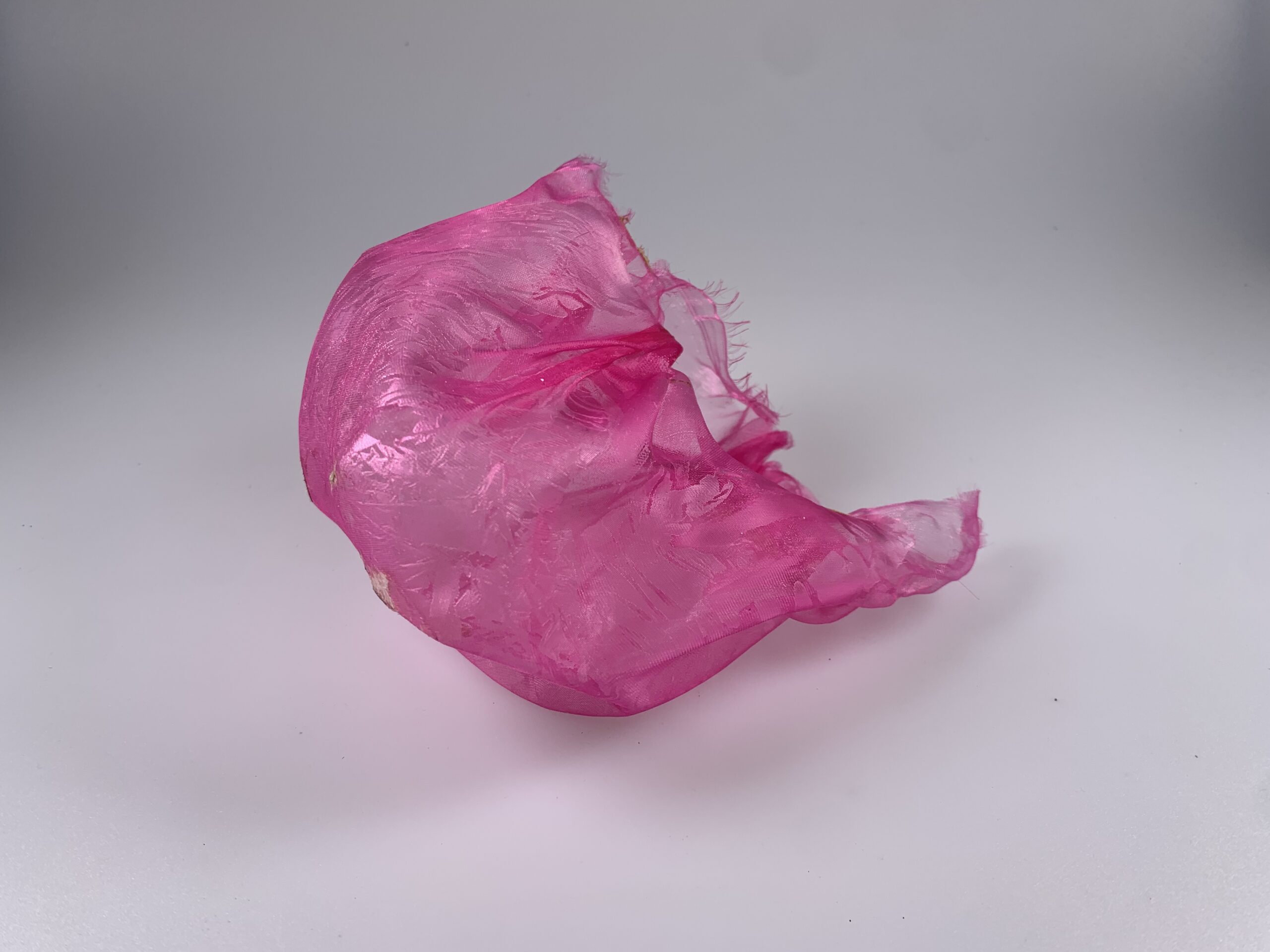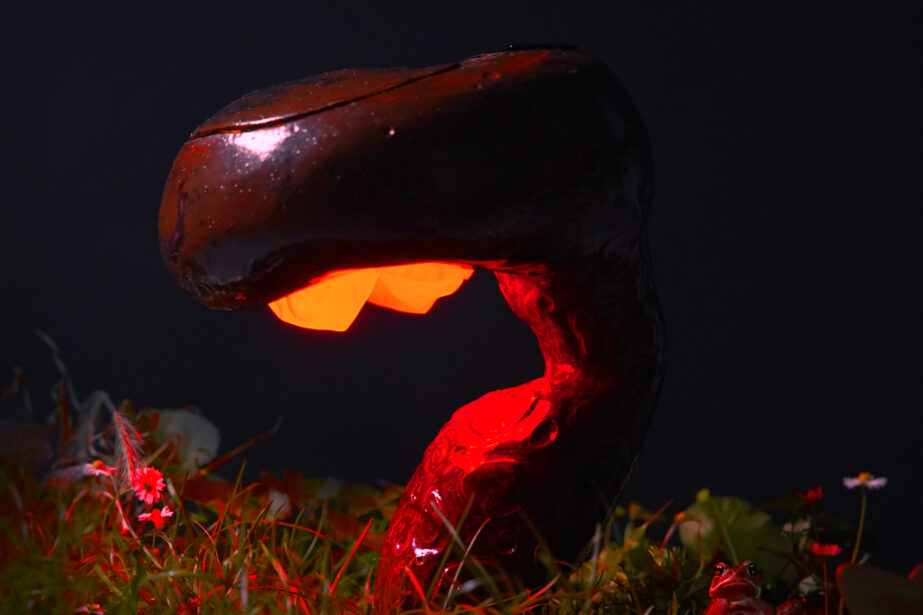
LED Paradox
Species are disappearing faster than ever, partly due to human-driven light pollution. Driven by the Jevons paradox, where greater efficiency prompts greater use, LED fixtures have multiplied, brightening the night sky and shifting its glow from the warm orange of sodium lamps to a colder blue-white hue.
The surge of blue-rich night illumination fragments habitats, derailing natural cycles and pushing the European green toad toward threatened status in Austria. Could our desire for practical, ornamental garden lighting align with wildlife’s needs?
Introducing a ‘more-than-human’ garden lamp: a hand-sculpted luminaire tuned to long, moon-like wavelengths. Inspired by and tailored to the needs of the European green toad, the lamp’s form, height, materials, and diffusing textiles are carefully designed to provide lasting durability while delivering ecological benefits. By filtering out the blue-light content of a standard LED, its red glow supports the behavioral rhythms of species such as Bufotes viridis.
This design redefines outdoor lighting as partnership, inviting communities to respect darkness, restore balance, and prove that we can design with other species in mind.


